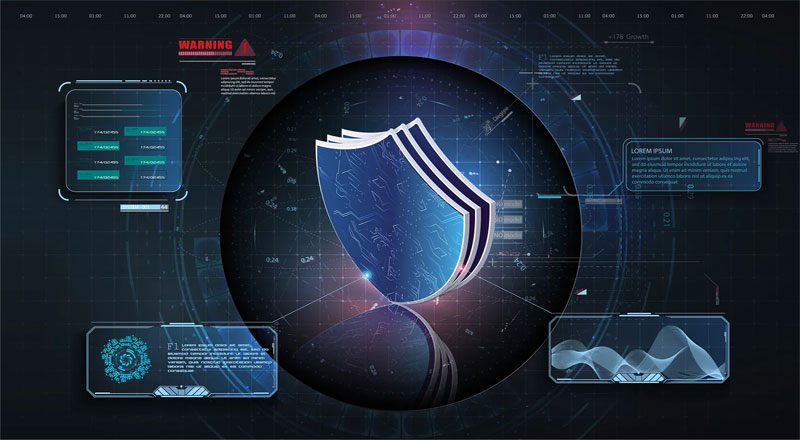The data breaches have increased significantly across the globe , this particular year 80% of the breaches were due to COVID-19 websites. The COVID-19 websites may relate to helping COVID-19 patients to support, help and lots of other areas. Most of them have some element of cybersecurity compromise. Once you click on that particular link it goes through the wrong direction and reaches to the hackers and most of these downloads or links are connected to something which is nefarious. As all of us are scared in this current scenario, we tend to get into a particular maze and once you click onto the attachment, then the situation is totally different. A lot of complaints have been registered from people who have been frauded and cheated in this manner. Health care sector is primarily under severe attack.
A very integrated support system is needed due to the work scenario, not only data center is needed but Disaster Recovery Center is also needed. Work from home brings in a totally different environment; the office environment was secured from the digital point than the extension to home. People started to roll over to the private network everywhere, using their gadgets. But big companies have provided infrastructure to their employees. Though they are safe in that infrastructure, remote working has given rise to cybercrimes.
We are basically sitting on a virtual digital landmine or worker landmines. There are lots of things where the stuff does not get the right sort of the connectivity because of the public WiFi. Most public Wi-Fis can be compromised easily in this process, the employee and the company both can be hacked.
Data monetization, upselling, and moderate 5G price plan premiums should be operators’ priorities in 2021. Service providers will try to convince consumers that it is worth upgrading to 5G. In 2021 Telcos are gearing up their marketing strategy to innovate around 5G pricing models and bundles to drive upsell to more expensive plans.
Stressing on the risk assessment may be the right way, says DG, CERT. He says you have to treat all these factors as a part of your risk. Risk assessment in the post pandemic time, or in the penalty phase should be documented. If you do not know the risk itself, there is absolutely no strategy by which you can mitigate the risk. We have lots of work force which is being referenced; these people who are moving out of companies, they are certainly carrying a grudge. They are nursing a grudge that injustice has been done to them. If they fall into the wrong hands, they might leak secrets, or might become cyber criminals themselves. So we have a whole load of floating, unemployed, cyber enabled people who are there in this world. The Business Continuity that has to happen in the pandemic is very different to what you had imagined as a part of the business.
There was hardly any business continuity plan, where pandemic was a part. We are left with no choice but to create a business continuity plan with pandemic incorporated. So the whole digital scenario from the utilities, tools, hacking groups, the ledgers to equity , to ransomware, quality of the encryption use, the capability of these people and the capability of lack of attribution, all of these things have messed up the whole scenario. Another year not left with much choice, but to work in a much dispersed digital environment in which we never find our way.





